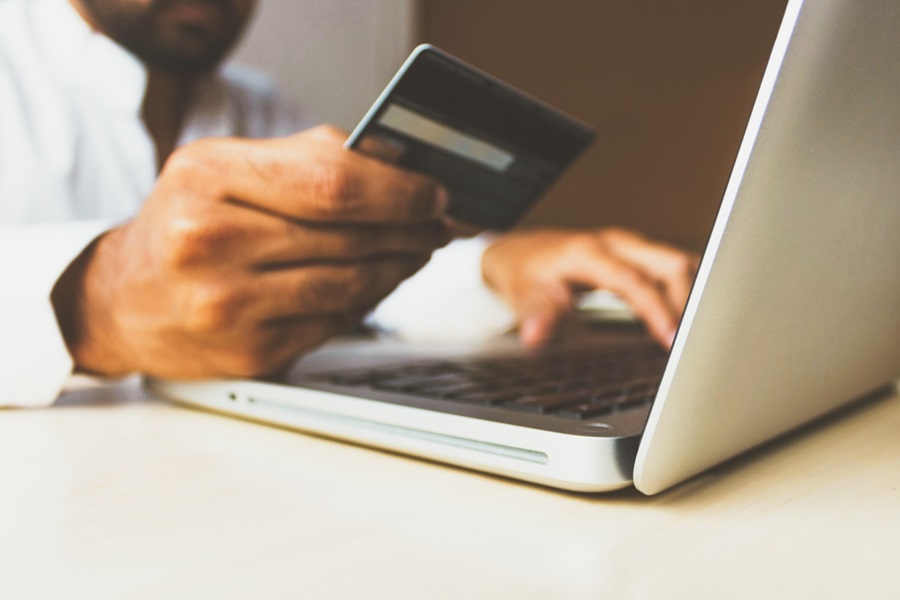Our quarterly FMCG Ecommerce Index, published today, reveals that in 2016 global FMCG online sales grew by 26%, with ecommerce now contributing to 35% of global FMCG growth.
The index finds the share of grocery shopping conducted online continues to rise, particularly in the world’s most advanced ecommerce markets such as South Korea, China and the UK. In the UK, online sales grew from 6.7% to 7.3% value share in the last year alone, making British shoppers second only to South Koreans in the proportion of groceries they buy online.
In South Korea, the most advanced ecommerce market, almost 70% of the population is shopping online more than once per month. The UK, France, USA, Mainland China and Taiwan online is reaching more than 25% of the population.
Frequency of online shopping is also increasing globally, with UK online shoppers buying more often than anywhere else, purchasing an average of 15.4 times a year, up from 14.1 in 2015.
And whilst frequency of online shopping is on the rise, the average spend per shop remains much higher than offline. The average online spend is twice as high as offline in South Korea, Taiwan and France, and over four times as high in the UK. At $83.40, UK online baskets are the largest in the world.
Our data also shows that in the UK, the average ecommerce shopping occasion is worth $64.90 more than the average offline shopping trip. The higher online spend is a combination of shoppers choosing online primarily for large stock up trips and retailers requiring a minimum spend.
Less than one third of UK households currently buy their groceries online, suggesting there is still significant headroom for ecommerce to grow from 2016’s 7.3% market share. The biggest increases in uptake are seen from slightly older shoppers; a combination of families retaining the habit even as their children grow up, and more mature households now feeling confident to take the digital shopping plunge. The biggest challenge remains resolving the tension between what connected consumers want and how retailers can deliver this profitably.

